Like ninety percent of us here on Substack, a large chunk of my “Childhood Memories” pie chart is made up of books— both reading them and the memories surrounding them. Picture books, stacks of library books, discovering Archie comics, waiting with other 12 year olds at our local Barnes & Noble until midnight for the latest Harry Potter book to go one sale, my first “chapter book” (aka a book without pictures), the list goes on.
In the words of Kathleen Kelly: “When you read a book as a child, it becomes a part of your identity in a way that no other reading in your whole life does.”
I’ll spare you waxing lyrical about the magic of childhood reading and jump to the part where I share the illustrations that still conjure my personal ghosts of book friends past.
All my favorite childhood books, the illustrated ones, were maximalist in nature. I loved it when the illustrator took time to draw in details that you had to go searching for, especially when something you’d notice in the background of one page cropped up as a plot point in the next. For example:
How the butter knife in the background of this page, is the same butter knife the mouse turns to when cutting it in two several pages later.
It’s a small, seemingly insignificant detail, but the illustrator Don Wood takes the time to immerse us in the mouse’s small, yet complicated world where a Big Hungry Bear could kidnap his strawberry at any minute.
Books that reward careful observation were, and continue to be, my favorite kinds of pictures books. Even as a child, you sense their decadence. The unnecessary detail the illustrator has gone to transport its readers.
Jesse Bear, What Will You Wear? written by Nancy White Carlstrom and illustrated by Bruce Degen was one of my favorites as a child for this reason. There’s no “purpose” for Degen to have added the detail of purple, mural swan wallpaper in the bathroom. The detail of the “H” on the hot water faucet knob; the way Jesse drapes the wet wash cloth over his head like I did as a child in the bathtub pretending to be a mermaid with long hair; the recognizable bathroom floor tile my grandparents had on their bathroom floor— these were all touch points for me as a little kid. Touch points that made me feel like my world and Jesse Bear’s world weren’t all that different.

I was seven when I first remember announcing I’d be a writer when I grew up. At this point I meant a children’s book writer (the good kind of book, not those boring grown up ones with no pictures!) So I set out to improve my artistry skills, which to me, seemed like the hardest part of the job.
Then my mother explained to me that children’s books are often made by both a writer and an illustrator. As a seven year old, this was baffling. Weren’t the illustrations the entire book?
As an adult I have a higher appreciation for how challenging it is to write a “successful” children’s book (a quick Google says around 3 million children’s books are published every year!), still, there’s a seven year old part of me the illustrator is the real hero.
To this day, one of my favorite illustrators is Barbara Cooney (1917-2000). The detail, hues, and movement in her illustrations keep my eyes glued to the page. She’s perhaps most famous for her book in Miss Rumphius— a book she both wrote and illustrated. But if you loved this book as much as I did as a child, then I definitely recommend you search her other work!


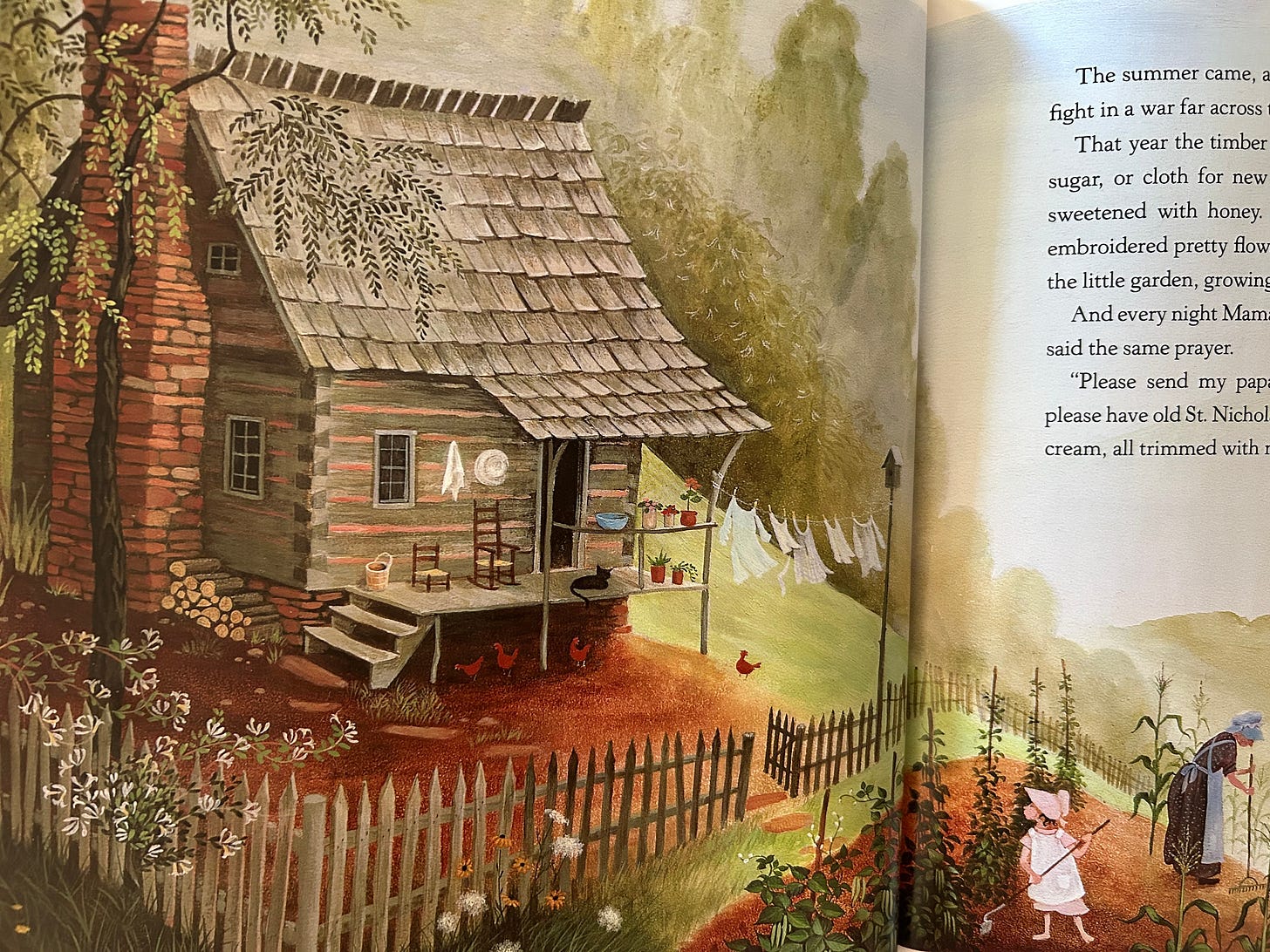
I can’t write about detailed illustrations without bringing up Helen Craig, the artist behind bring the Angelina Ballerina series, written by Katharine Holabird, to life. Talk about a feast for the eyes!
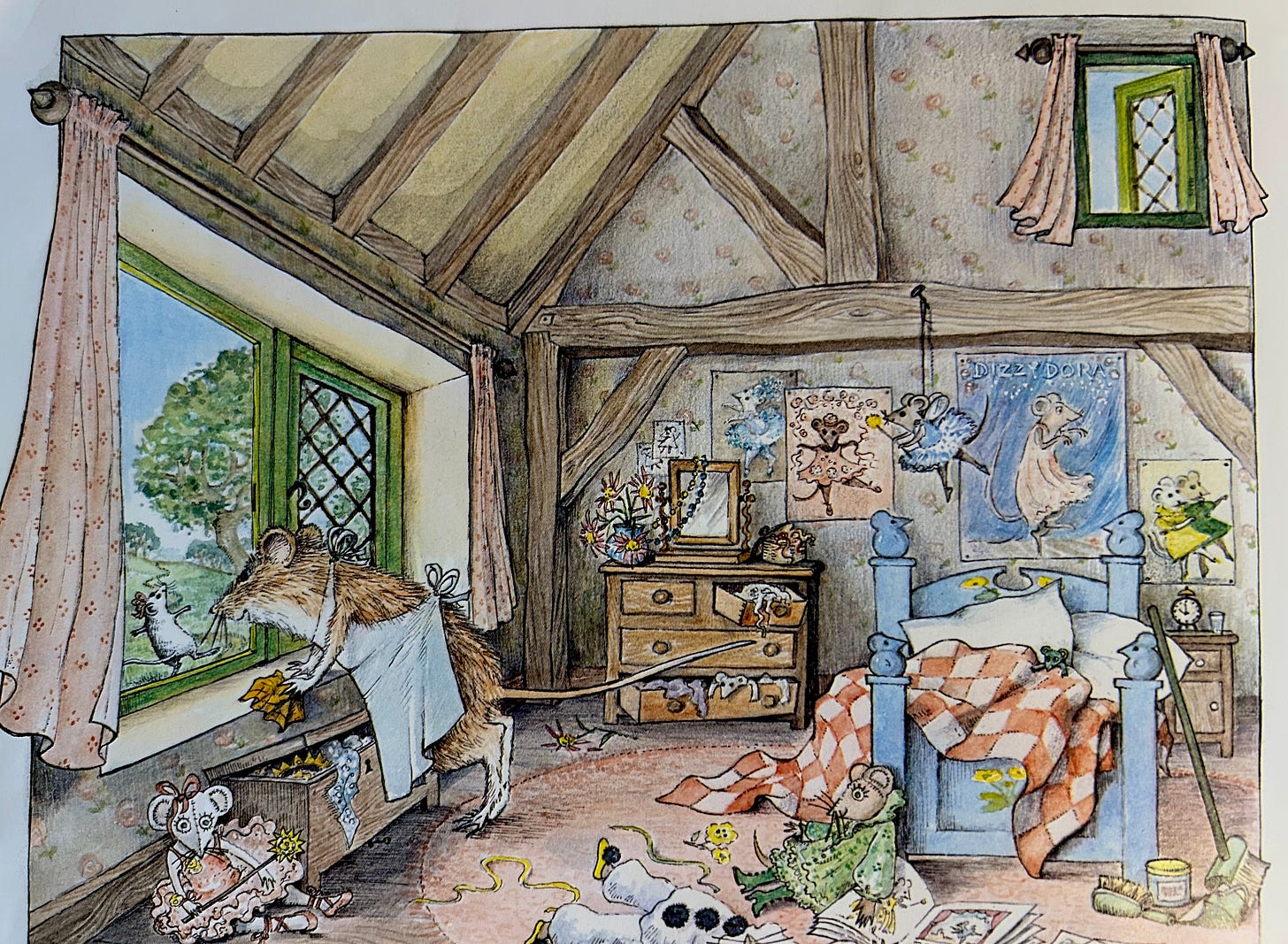
The Angelina Ballerina series has had an enduring legacy in children’s media. With a whopping total of NINETEEN books in the series— all illustrated by Helen Craig— it raises the question of how critical the vision of illustrators are for keeping a brand alive.
The series has gone on to be a TV show and Holabird and Craig have even developed a series for beginner readers that are separate to the official series canon. So much of storytelling is world building, and so much of world building in children’s book is the actual illustration.
I’m sure Katharine Holabird would be the first to credit Craig’s artistic vision as paramount to the series success. When you have such a realized world like the one established in Angelina Ballerina, it becomes easier to build off that robust vision for things like TV shows and merchandise.

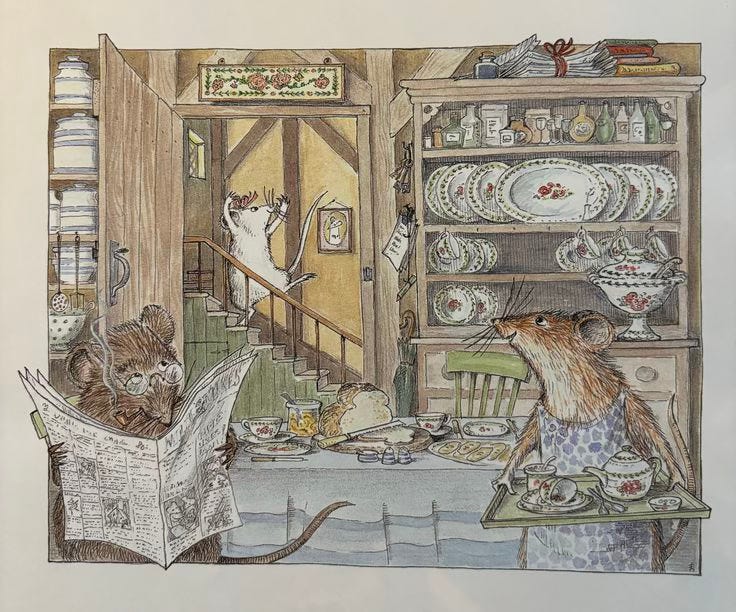

Of course there are tons of books that have less detailed illustrations that made a big impact on me. I love Tomie DePaola, the Corduroy Bear series, Frog and Toad, and many, many more.
As I’ve slowly put together a home library for my own children however, I find I’m subconsciously trying to find a way to revisit my own visual memories within these books. Nostalgia is such a powerful feeling, and can be hard to move past when creating a new experience. But over and over again, I still find myself drawn to contemporary illustrators who evoke that rich sense of detail in the books I pick out for my own children. I love Phoebe Wahl’s work for this reason.
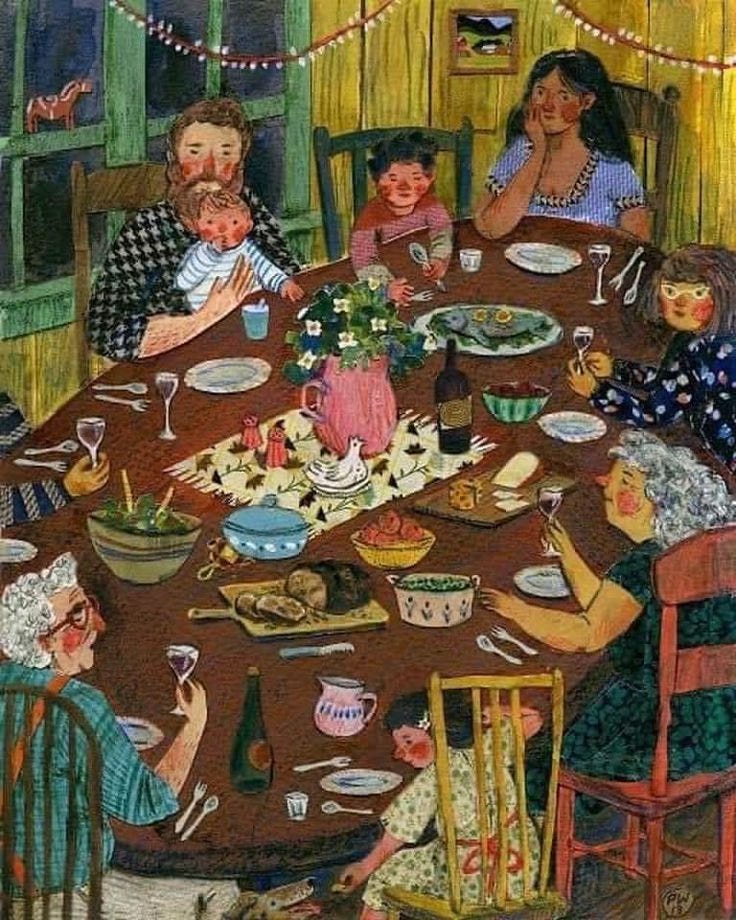
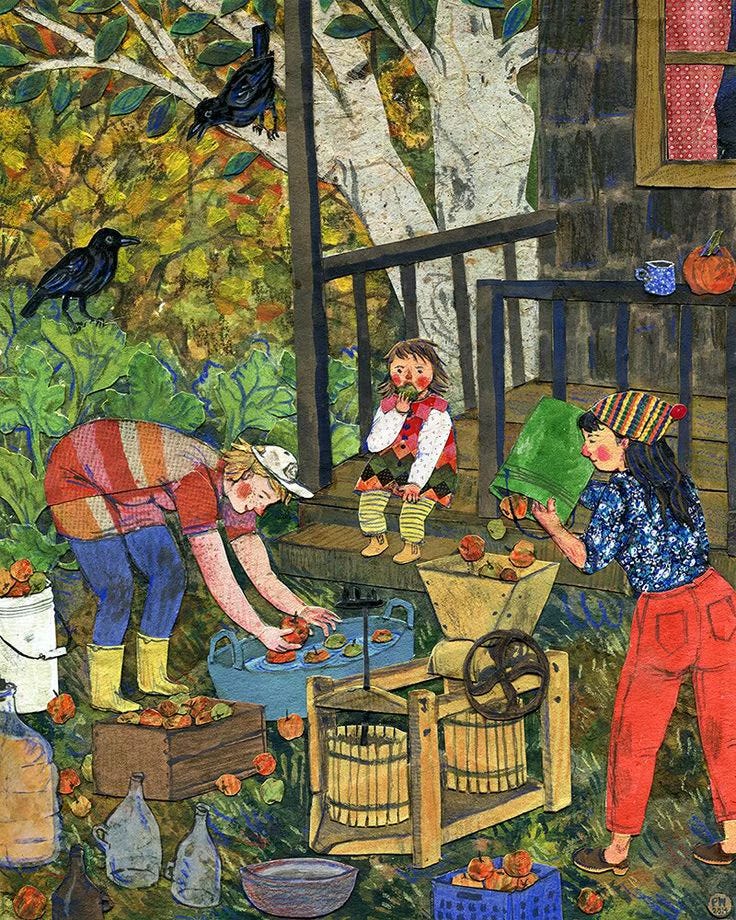
As much as I love contemporary artists like Christian Robinson (his use of color and the movement he captures is so stunning!), and Oliver Jeffers (we have almost all his books)— I do think when you’re a child there is something extra magical about illustrations that go into detail.
Not because children are judging them on an artistic level, but because in a child’s mind, the details help you understand the characters’ world without it being explicitly expressed in the writing.
Finally, I’d just like to say that while having my own children has provided a very organic route back to regularly reading and appreciating children’s books, you do NOT need to have children to earnestly appreciate what these books offer us. I hope this little review has maybe inspired you to head to the library, or even put in a little self-indulgent book order on Thriftbooks.com (not affiliated or sponsored!)
Kathleen Kelly would be proud.

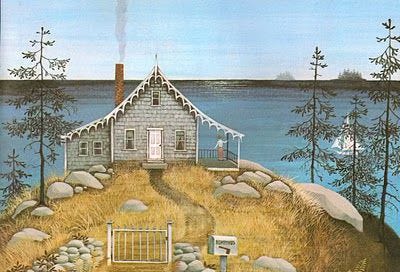


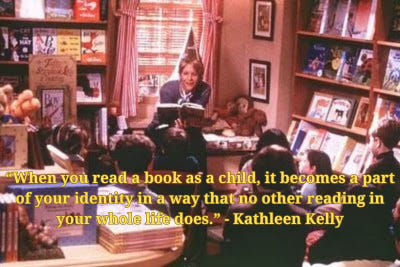




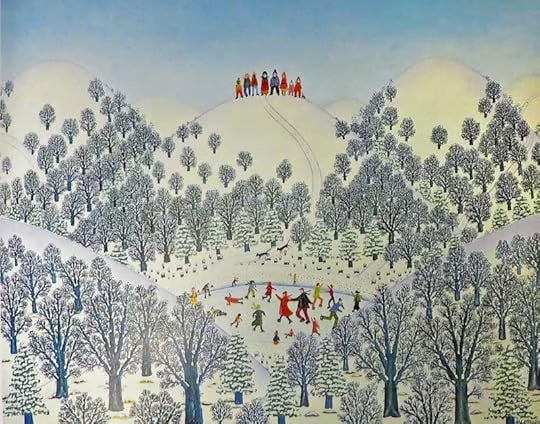
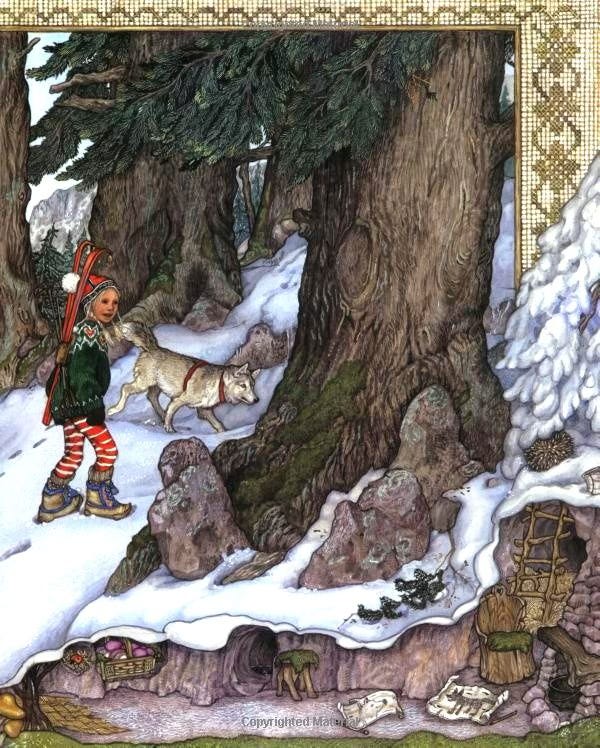
This post transported me back to reading anything I could get my hands on as a kid, starting at one page for minutes. Jan Brett is an absolute favorite, so fun to see she was included here as well! I always try to read some of her things to my students around the winter - they love the multiple storylines in her illustrations.
This was so fun! I love the Angelina Ballerina illustrations too. I think my current favorite series for illustrations is Brambly Hedge. These fictional mice all live in the most magical homes! I honestly have kind of a hard time reading the Brambly Hedge books aloud to my kids because I find myself getting so distracted by wanting to soak up every detail in the pictures.